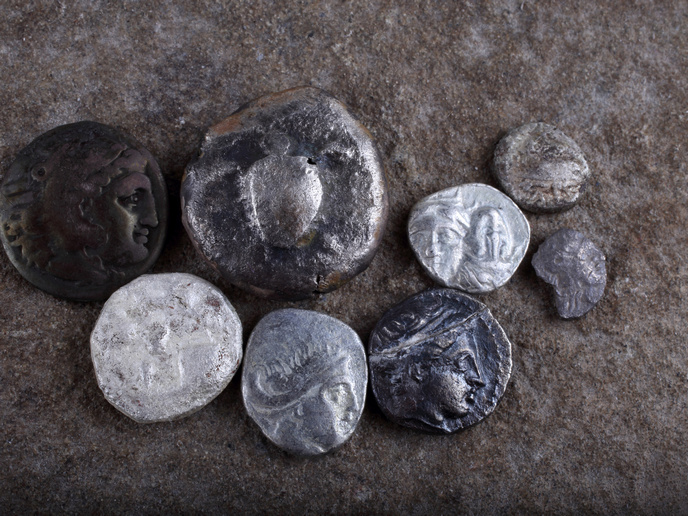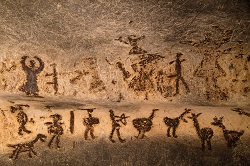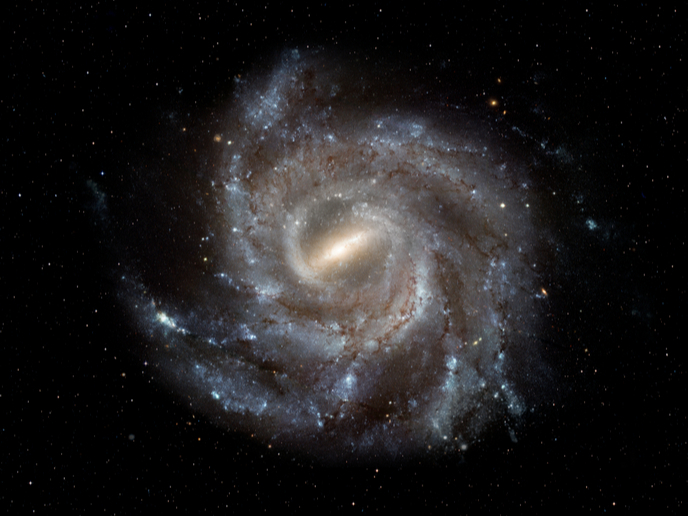Atomic clocks made of shattered zircon crystals can date asteroid impacts
The Chicxulub impact structure in the Yucatán Peninsula, Mexico, formed 66 million years ago and triggered the Cretaceous–Palaeogene mass extinction in which three quarters of life on Earth was wiped out. This is the one well-established example of a cause–effect relationship between an impact and a mass extinction, but the possibility remains that other large impacts may have triggered other extinctions. Accurate and precise dating of large craters can contribute to our understanding of the relationship between impacts and mass extinction events. The EU-funded Crater Chron project has taken advantage of recent advances in our understanding of how the mineral zircon (ZrSiO4) can record the age of an impact event, offering a better understanding of when the impact occurred and what resulted. “We managed to establish a relatively standard routine for determining the age of an impact event,” says principal investigator Gavin Kenny, based at Sweden’s Royal Museum of Natural History. Kenny was supported by a Marie Skłodowska-Curie Individual Fellowship. One of the breakthroughs in the project came from integrating new zircon uranium-lead (U-Pb) data with previously published data from another dating technique, argon-argon, or Ar/Ar, dating. As Kenny explains, “Ar/Ar dating is a powerful tool in dating impacts, and it was important to show that the two techniques can complement each other in order to give a more complete history of an impact event and the cooling of an impact crater tens to hundreds of thousands of years after the impact.”
Combining techniques for a clearer picture
Studying the 23 kilometre-wide Lappajärvi impact crater in Finland, the project showed that shocked zircon appears to more closely record the age of the impact event, while Ar/Ar dating records the cooling of the crater. “Understanding whether one has dated the actual impact event, or the later cooling of the structure, is important if one wants to correlate impacts with other important events in Earth’s past, such as mass extinctions,” Kenny adds. Zircon that has been shocked by the extreme pressures and temperatures unique to impact events deforms in a number of ways. One way is to recrystallise. A pre-impact zircon grain, which might initially be approximately 100 micrometres (0.1 millimetre) in size, can recrystallise into a cluster of hundreds or thousands of subgrains. This process expels lead from the original crystal and effectively resets the uranium-lead clock to the time of the impact. High-spatial-resolution techniques can be applied to analyse the recrystallised parts of the zircon grain, so that the date of the impact can be identified.
The impact’s impact
Improved dating can also indicate a possible temporal overlap with an extinction event that can be investigated further, and define which sedimentary successions may host a record of an impact and its possible effects on the biosphere. “Dating an impact is usually a good first step in the process of testing whether a given impact structure may be related to a given extinction event,” Kenny notes. “We concluded that the approximately 80 km in diameter Morokweng impact structure in South Africa formed a few million years before the Jurassic–Cretaceous boundary. Previous studies had suggested a possible overlap of the geological boundary and impact, but dating of the boundary by other researchers in recent years and the impact structure now indicate that they did not coincide and thus cannot have been related.”
Lunar secrets
In the course of the work, Crater Chron investigated the effects of extreme pressures and temperatures on other minerals, such as apatite. Understanding how apatite responds to an impact is important in understanding the history of the Moon and inner solar system, because apatite is much more common than zircon in rocks on the Moon. “Studies that date impacts and volcanic activity on the Moon use apatite, so it is important in understanding how impacts may have affected its uranium-lead clock,” explains Kenny.
Keywords
Crater Chron, impact event, dating, zircon, geological boundary, apatite, U-Pb, Ar/Ar dating







